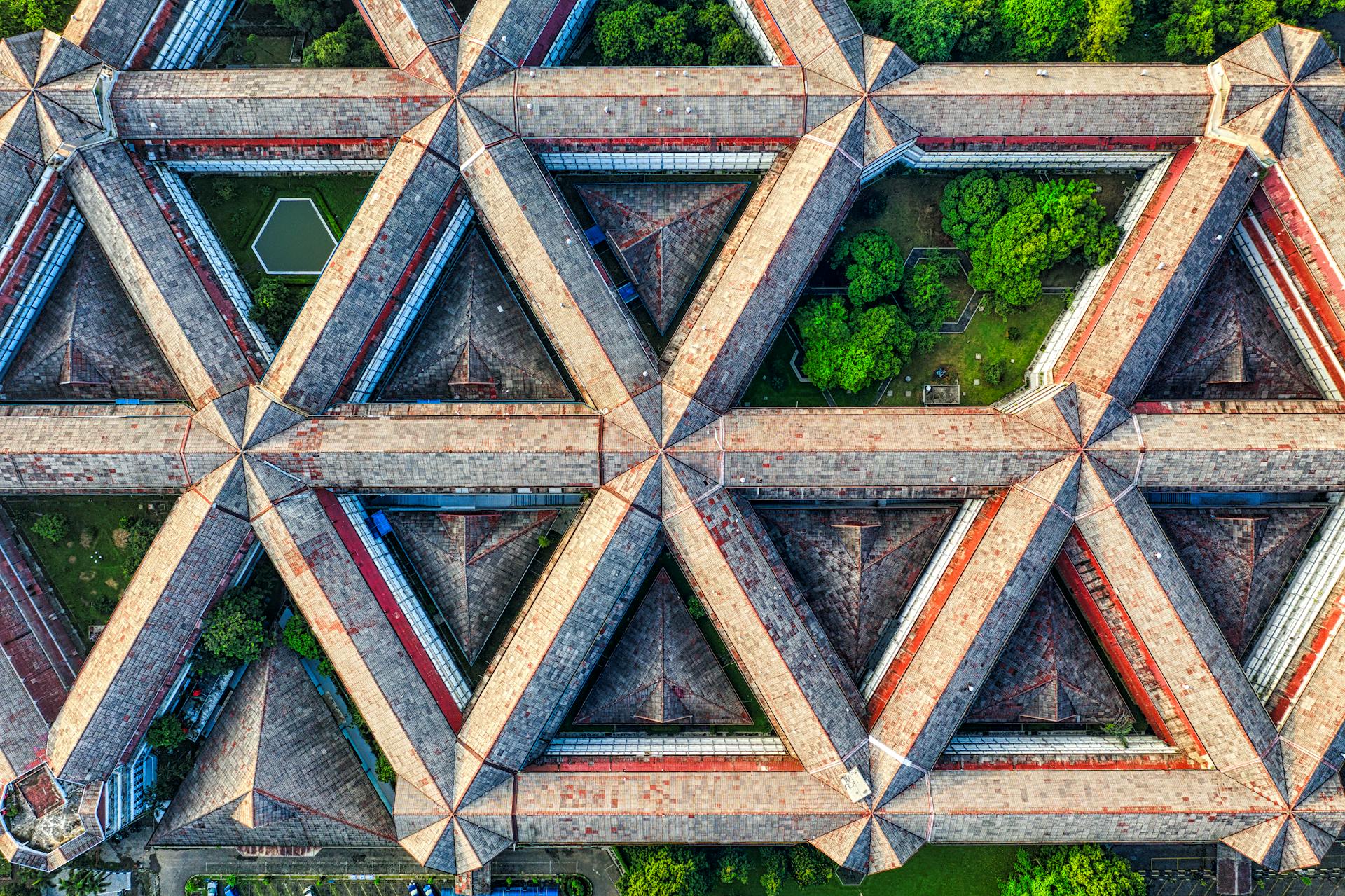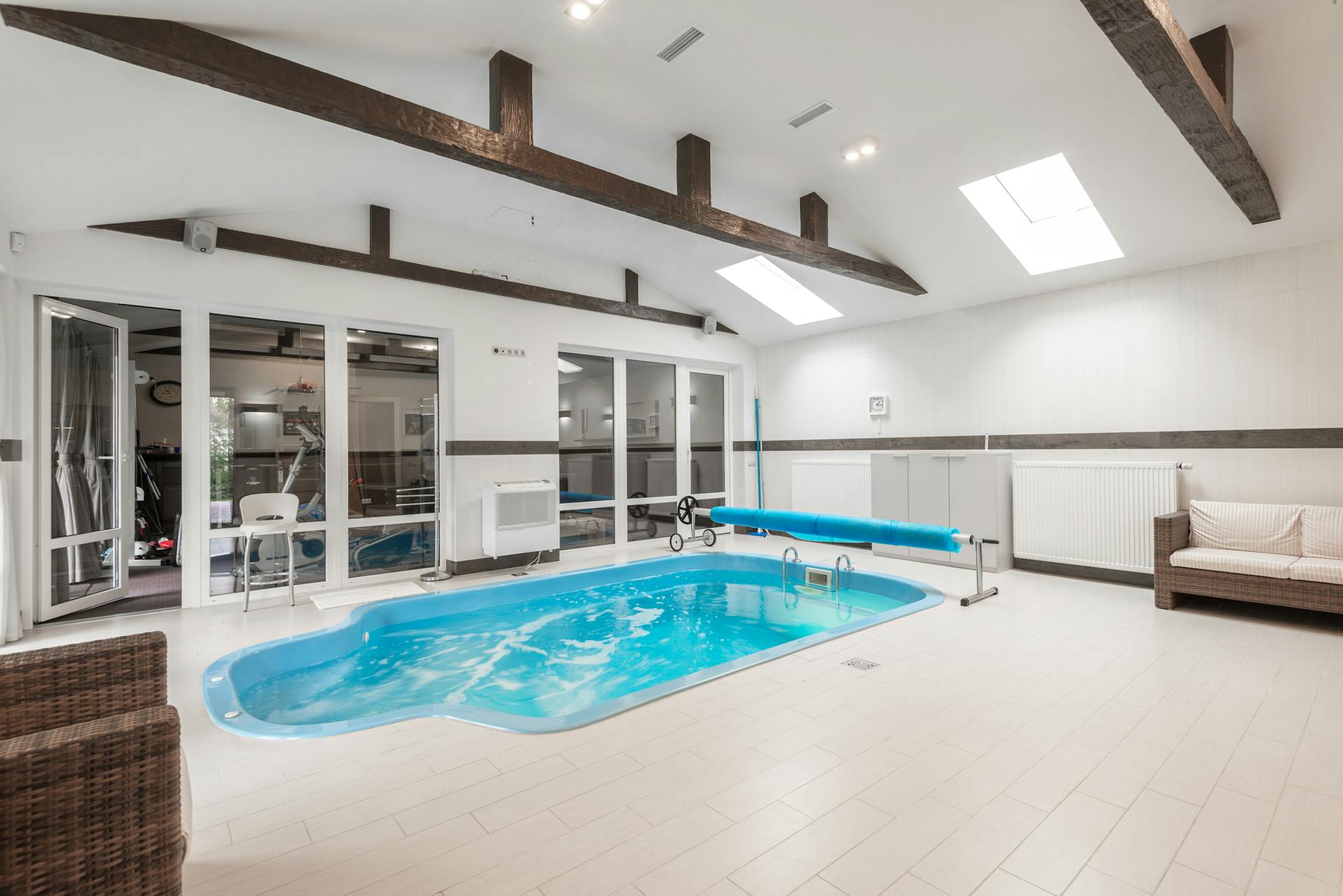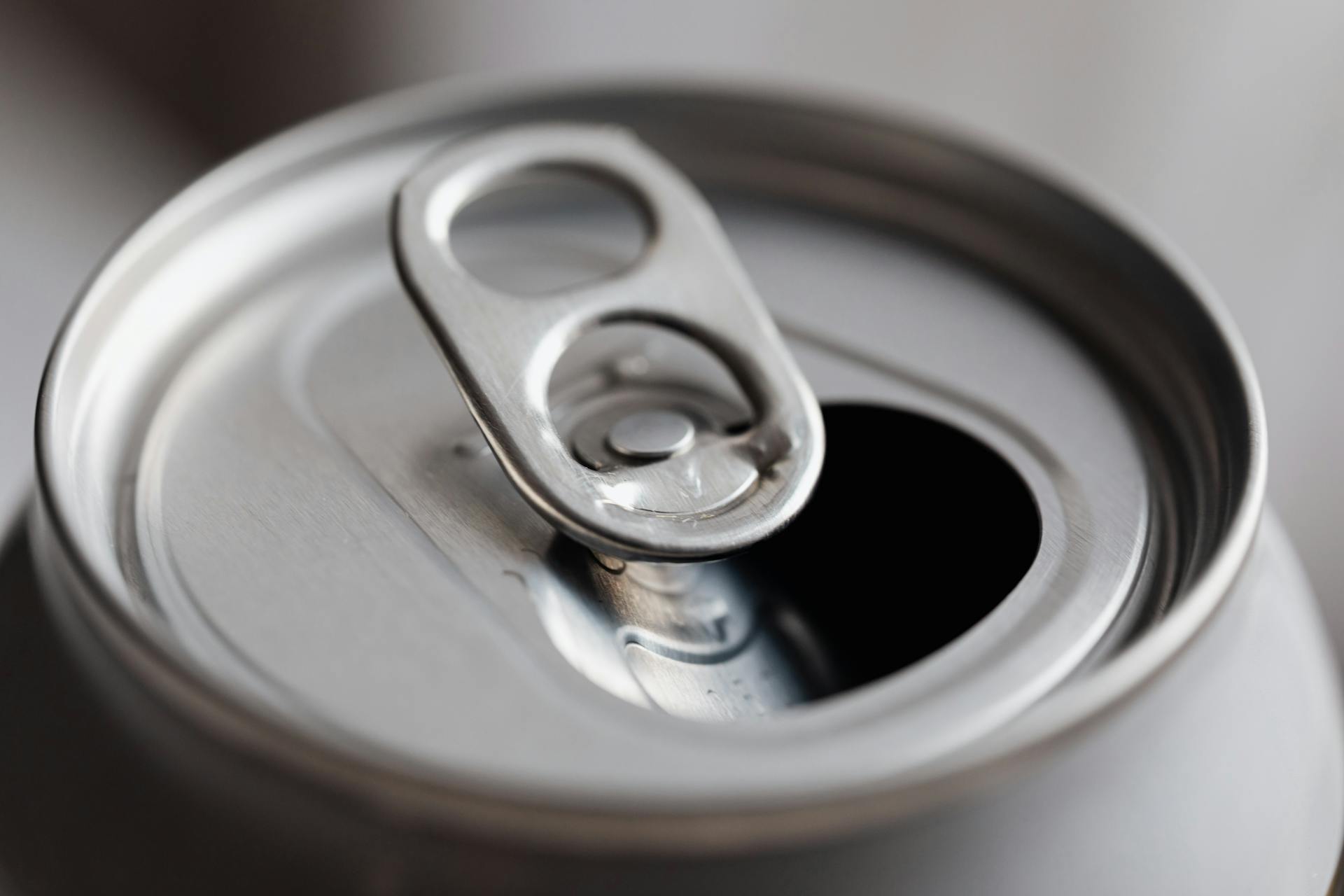
Terra cotta roofing has been a popular choice for centuries, and it's easy to see why. The benefits of terra cotta clay tiles are many, including a beautiful aesthetic that adds character and charm to any building. However, while terra cotta roofs have their advantages, they also come with some significant drawbacks that make them an unsuitable choice for some structures.
One issue with building high maintenance terra cotta tiles is their lack of moisture- and cold-temperature resistance. This can lead to underlayment replacement every 20 years or so, which can be both costly and time-consuming. Despite this, some homeowners still choose terra cotta tiles due to their durability and longevity. In this article, we'll dive into the pros and cons of terra cotta roofing and explore a better alternative that offers all the benefits of traditional options without the drawbacks.
So if you're considering a new roof or just want to stay up-to-date on the latest story in roofing technology, keep reading for a quick recap dive into everything you need to know about terra cotta roofs and how they compare to modern alternatives.
Check this out: Benefits of Aluminum
Quick Recap: Dive into the Latest Story

Terra-cotta roofing is a sustainable building material that has been around for 130 years. It's made by combining dirt, shale, and water to create a baked earth tile that is extremely resilient to tough weather conditions. Traditional asphalt shingles have seen a decline due to environmental concerns surrounding waste asphalt roofing shingles annually, making terra-cotta tiles an attractive option for those looking for natural, sustainable materials.
The production method of terra-cotta roofing makes it an eco-friendly choice. Unlike synthetic ingredients found in traditional asphalt shingles that require chemical cleaning and harmful run-off, terra-cotta tiles offer a simple solution combining natural materials. The materials' resilience and terra-cotta's durability are what allowed companies like Ludowici's Terra-Cotta to reach the north american roofing industry for over 130 years.
Architects who choose terra-cotta roofing can earn LEED points because of its sustainability factor. This benefit comes in addition to the fact that terra-cotta roofs do not need replacing as often as traditional asphalt shingles because of their durability. Rob Wehr, Vice President of Business Development for National Accounts says that "the durability made possible by terra-cotta tiles means less waste ends up in landfills." Terra-cotta roofing is not only a beautiful option but also an environmentally responsible one.
Explore the Various Designs of Clay Tile Roofing

Generally, clay roofing tiles come in a wide variety of designs and shapes. Round pan tiles, flat tiles, pan tiles that include barrel and Spanish style flat tiles are just a few examples. Flat pieces overlapped with single curved tile, slab shingle book and French styles pan are also among the options available. The type of design you select will depend on several factors such as your budget, personal preference and climate. The overlap depending on the shape of the tile is crucial to ensure it's water-resistant and can withstand harsh weather conditions.
1. Interlocking Clay Tiles
Interlocking clay tiles are a preferred choice for terra cotta roofing due to their durability and ability to withstand heavy rain. These tiles are designed to interlock with the adjacent tile, creating a secure and tight seal that prevents water from entering your home. Investing in interlocking clay tiles for your roof can provide peace of mind knowing that your home is protected from the elements.
2. Flat-overlapping clay tiles
Flat-overlapping clay tiles are a popular choice for terra cotta roofing due to their durability and aesthetic appeal. These tiles are designed to stagger joints, creating overlapping courses that provide an added layer of protection against the elements. Whether you're looking to improve your home's curb appeal or enhance its overall durability, flat-overlapping clay tiles are a smart choice for any roofing project.
3. Pan tiles overlap
One of the benefits of terra cotta roofing is that pan tiles overlap to create a tight seal. The convex cap tiles cover the concave pan, creating a trough for water to flow through. This design, along with the sides of Spanish tiles and S-tiles combined, ensures that rainwater is directed away from your roof and home. Each single tile is an important part of the overall system.
Brava Barrel Tile - Composite Spanish Roof Tile

Terra cotta clay tiles have been a popular roofing choice for centuries, but Brava's composite Spanish roofing tiles offer homeowners significant advantages. The revolutionary multi-coloring process creates an authentic color variation that custom color options can match with ease. The entire tile easily mimics the look of terra cotta clay tiles, making it an ideal barrel-clay tile alternative.
Unlike traditional terra cotta clay tiles, Brava's durable barrel tile stands up to extreme heat and is 3rd-party tested and Miami-Dade County approved. Additionally, environmentally-friendly Brava Spanish Class A roofing products resist damaging unhealthy mold and do not absorb water. Lightweight barrel tiles eliminate costly structural support lessening installation costs and dramatically decreasing roof maintenance.
Experienced professionals recommend Brava composite Spanish roofing tiles today as they not only mimic the beauty of terra cotta clay tiles but also offer a variety of benefits that outweigh traditional materials. With its durability, resistance to extreme weather conditions, and easy installation process, it's clear why many homeowners are opting for Brava roofing tiles over other alternatives.
Pros and Cons of Tile Roofing
Tile roofing has become increasingly popular in the last few years, mainly due to its durability and longevity. One of the main advantages of tile roofing is that it is incredibly low maintenance. This means that you won't have to worry about getting your roof repaired or replaced for a long time, which can save you both time and money. Additionally, tile roofs are environmentally friendly and energy efficient, which can significantly reduce your carbon footprint.
However, there are also some cons associated with tile roofing. Firstly, the cost of installing a tile roof can be quite high compared to other types of roofing materials. This is because the installation process is quite difficult and requires skilled professionals who know how to properly lay out the tiles so that they fit snugly together without leaving any gaps in between. Additionally, if you live in an area where there is a lot of insect damage or where your roof slopes at an angle greater than 30 degrees, then tile roofing may not be the best choice for you.
Overall, while there are both pros and cons to using tile roofing for your home, it's important to weigh up these factors before making a decision. If you're looking for a durable and long-lasting option that requires minimal maintenance and is environmentally friendly, then tile roofing could be the perfect choice for you. However, if you're concerned about high costs or difficult installations, then it may be worth considering other options instead.
Intriguing read: Benefits of High Quality Wood
1. Pros
One of the biggest "pros" of terra cotta roofing is its durability. With a lifespan of up to 100 years, tile roofs made from climate clay can withstand hail, high winds, and heavy impact without requiring frequent repairs or maintenance due to their heavy thermal mass. In addition, these earth mineral-based tiles help regulate indoor temperatures and come in a wide variety of styles to match any home style, from contemporary European designs to those that resemble traditional shingles or wood shakes. Plus, many manufacturers offer 50-year warranties on their clay concrete or slate tiles.
2. Need more help? Talk to a tile roof expert
If you're considering a terra cotta roof for your home, it's important to work with an expert in tile roofing. These professionals can help you compare quotes and select the best materials for your project. Look for top-rated professionals in your area to ensure that your new roof is installed properly and will provide lasting benefits.
3. Cons
There are a few cons to consider when it comes to terra cotta roofing. Firstly, compared to an asphalt roofing system, the initial cost of installing a clay tile roof system is quite high. Secondly, while the long life of terra cotta tiles (measured in decades) means that you won't have to replace your roof anytime soon, they are heavier than other roofing materials and require structural reinforcement. Finally, if you're replacing shingle roofing with a tile roof, keep in mind that this isn't a DIY project - installing tile roofing requires professional roofing contractors with extensive experience in measured laying and specific pattern design.
Frequently Asked Questions
What are the pros and cons of concrete roofing?
Concrete roofing is durable and long-lasting, but it can be heavy and expensive. It also requires professional installation and may crack over time.
What are the benefits of terra-cotta roofing?
Terra-cotta roofing is durable, energy-efficient, and aesthetically pleasing. It can last up to 50 years and is resistant to weathering, fading, and fire.
Does a terracotta roof need underlayment?
Yes, a terracotta roof needs underlayment to prevent moisture from penetrating the roof deck and causing damage to the structure. The underlayment also provides an extra layer of protection against wind-driven rain and ice dams.
Do terracotta roof tiles work?
Yes, terracotta roof tiles work well as they are durable, naturally insulating, and can withstand extreme weather conditions. They also add a rustic and classic look to any building.
What are the benefits of concrete roof tiles?
Concrete roof tiles have a longer lifespan, are more durable and require less maintenance compared to other roofing materials. They also provide better insulation, are fire-resistant and can withstand extreme weather conditions.
Featured Images: pexels.com


